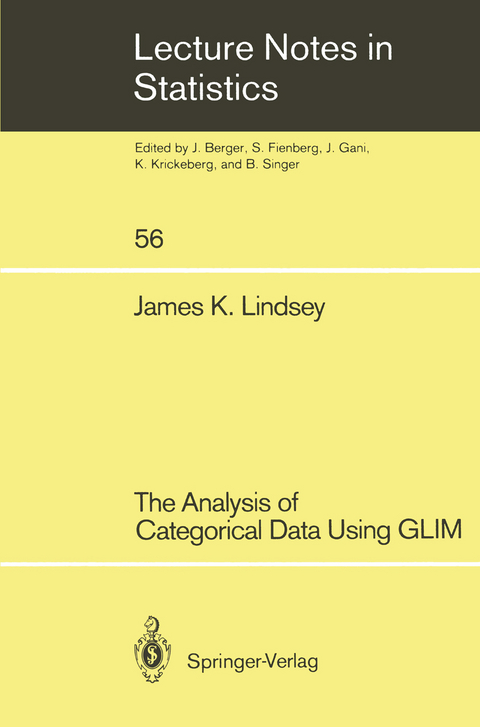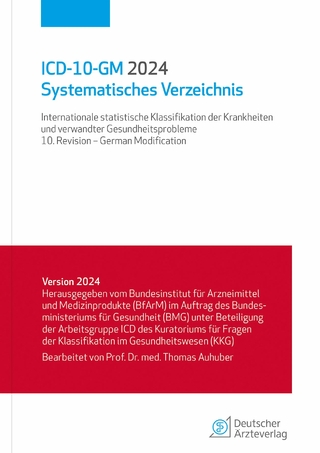
The Analysis of Categorical Data Using GLIM
Springer-Verlag New York Inc.
978-0-387-97029-5 (ISBN)
1. One-Way Frequency Tables.- 1. A Time Trend Model.- 2. Further GLIM Instructions.- 3. A Symmetry Model.- 4. Periodicity Models.- 5. Local Effects.- 2. Time and Causality.- 1. Retrospective Studies I.- 2. Retrospective Studies II.- 3. Panel Studies.- 4. First Order Markov Chains.- 5. Second Order Markov Chains.- 3. Metric Variables.- 1. Time Trends.- 2. Model Simplification.- 4. Ordinal Variables.- 1. The Log-Multiplicative Model I.- 2. The Log-Multiplicative Model II.- 3. The Proportional Odds Model.- 4. The Continuation Ratio Model.- 5. Zero Frequencies and Incomplete Tables.- 1. Sampling Zeroes.- 2. Incomplete Tables and Quasi-independence.- 3. Population Estimation.- 4. Social Mobility.- 5. The Bradley-Terry Model.- 6. Guttman Scales.- 6. Patterns.- 1. Extremity Models.- 2. Symmetry Models.- 3. Diagonal Models.- 4. Distance and Loyalty Models.- Appendix I — GLIM Commands.- Appendix II — Data and GLIM Programs for the Examples.- Appendix III — GLIM Macros.- References.
| Reihe/Serie | Lecture Notes in Statistics ; 56 |
|---|---|
| Zusatzinfo | V, 168 p. |
| Verlagsort | New York, NY |
| Sprache | englisch |
| Maße | 155 x 235 mm |
| Themenwelt | Informatik ► Weitere Themen ► Bioinformatik |
| Mathematik / Informatik ► Mathematik ► Angewandte Mathematik | |
| Mathematik / Informatik ► Mathematik ► Wahrscheinlichkeit / Kombinatorik | |
| Wirtschaft ► Allgemeines / Lexika | |
| Wirtschaft ► Volkswirtschaftslehre | |
| ISBN-10 | 0-387-97029-0 / 0387970290 |
| ISBN-13 | 978-0-387-97029-5 / 9780387970295 |
| Zustand | Neuware |
| Haben Sie eine Frage zum Produkt? |
aus dem Bereich


